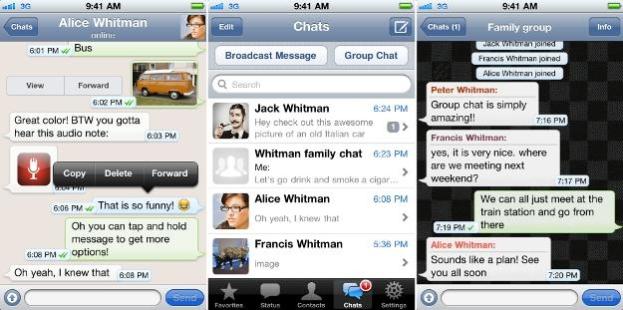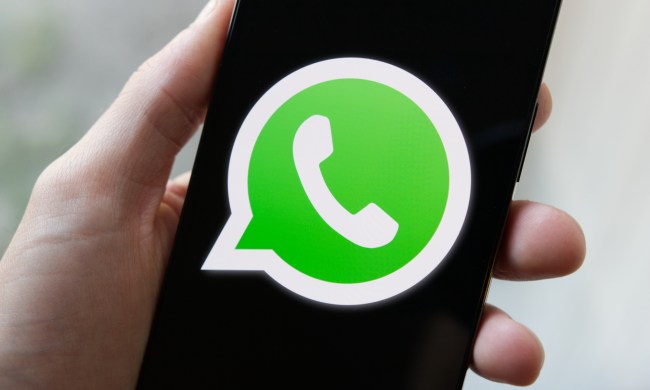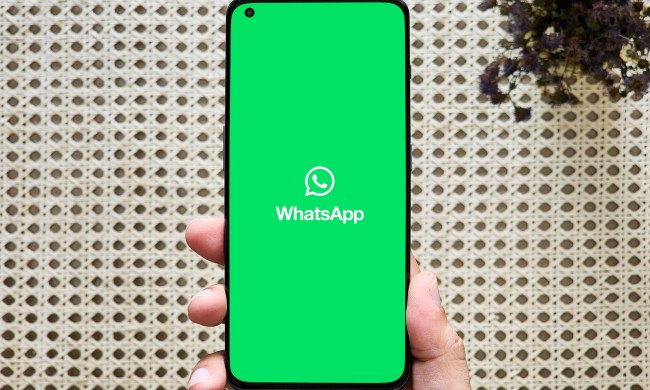 Cross-platform messaging app WhatsApp continues to grow in popularity, with the revelation Thursday that its user base has crossed the 250-million mark.
Cross-platform messaging app WhatsApp continues to grow in popularity, with the revelation Thursday that its user base has crossed the 250-million mark.
The news, delivered to the Wall Street Journal by WhatsApp, comes just a week after the Santa Clara-based company announced a new daily record for its service, with a colossal 27 billion messages handled within a single 24-hour period.
For a company that only rolled out its app in 2009 and spends not a single cent on marketing, these figures are nothing short of remarkable.
The rapid growth of Internet-based messaging apps like WhatsApp is a continuing problem for wireless carriers who once enjoyed big profits from text messaging charges but now can do little as apps offering free messaging services between mobile devices gain in popularity.
According to data from research firm Experian Marketing Services, text messaging using services provided by wireless carriers peaked in 2011, with 2012 marking a 4.9 percent decline on a year earlier.
While so many startups demonstrating growth similar to that of WhatsApp have been snapped up by Internet giants like Google and Facebook over the last couple of years, WhatsApp has remained independent, with CEO Jan Koum saying at the Dive Into Mobile conference in April that he and his team have never once talked about selling the company.
WhatsApp, which works with Android, iPhone, Windows Phone, Nokia, and Blackberry devices, takes pride in the fact that it keeps its service free from ads. So how does it make money? Well, for iPhone, users have to pay a one-off fee of a dollar to buy the app. For all other platforms, the app is free for a year, after which an annual $1 subscription is required to carry on using the service.
Of course, there are plenty of other apps out there similar to WhatsApp. For DT’s pick of the best, click here.


